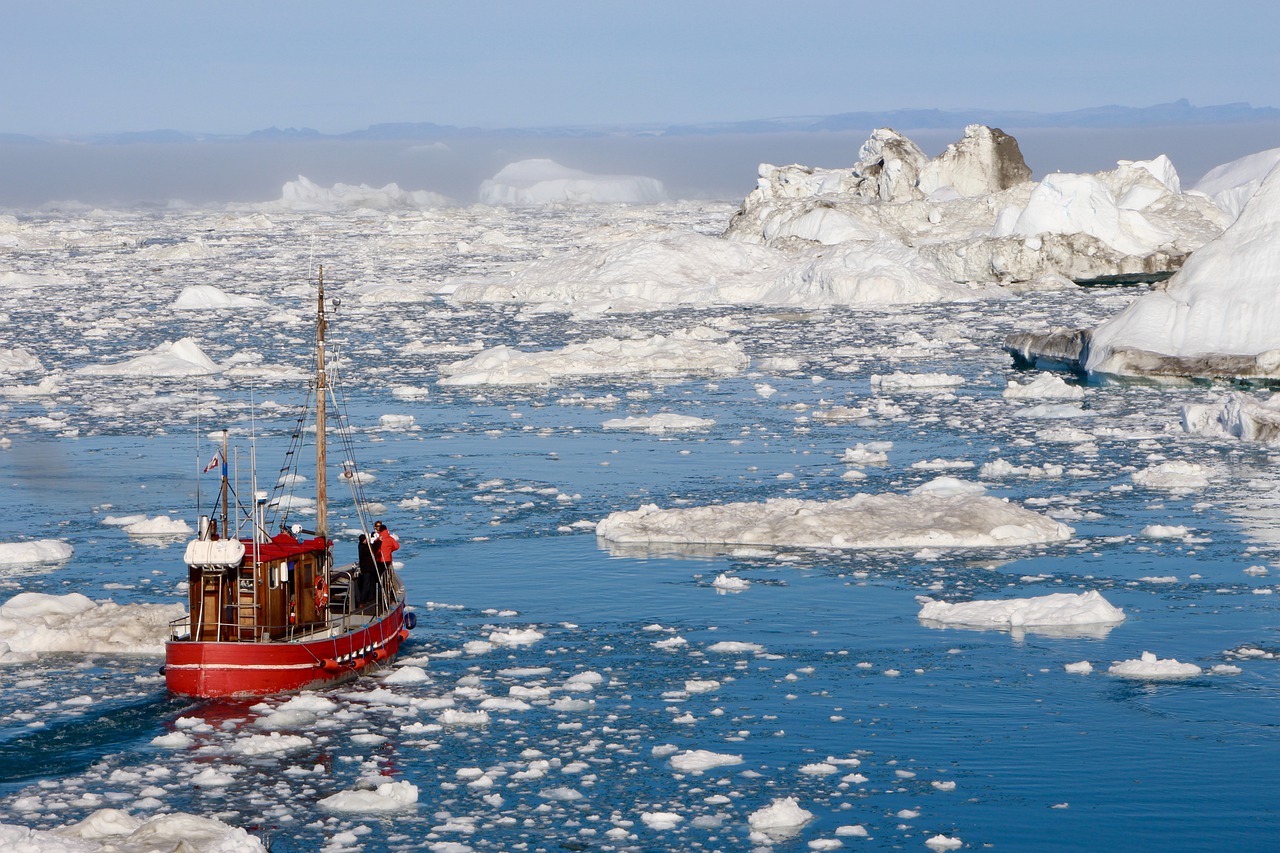 Courtesy of SarahNic via Pixabay
Courtesy of SarahNic via Pixabay
Diplomacy on Ice—Strengthening Arctic Cooperation
Climate change is rapidly altering the Arctic environment. Rising temperatures, melting ice sheets and sea ice, thawing permafrost, and raging wildfires are increasing both the Arctic’s vulnerability and accessibility. Warmer temperatures and melting sea ice have opened new sea routes, spurring states to pursue newly available development and investment opportunities in the region. Russia, Canada, and the U.S. have conflicting claims over strategic shipping routes. Russia is building up its military presence and capacity in the newly thawed region. China released a white paper declaring itself a “near Arctic state” and outlining its Polar Silk Road initiative and interests in the Arctic. Even India has expressed its interest in investing in the Arctic’s development. In 2019, U.S. objections to language regarding climate change in the Arctic resulted in the first ever failure of the Arctic Council to present a final declaration at the end of a chairmanship cycle. While the Arctic Council’s mandate does not encompass security concerns, growing geopolitical competition in the High North is threatening the spirit of cooperation that has traditionally categorized regional governance under the Arctic Council.
Thawing Arctic Tensions
During his presidential campaign, President Biden pledged to reestablish climate change as a priority of the Arctic Council, specifically increasing focus on black carbon and methane pollution. Biden also promised to pursue a global moratorium on oil and gas leasing projects in the Arctic, and eventually signed an executive order for a U.S. moratorium on his first day in office.
The Biden Administration has an opportunity to thaw tensions and strengthen Arctic cooperation and governance during the upcoming Arctic Council Ministerial meeting on May 20th. While security issues will not be on the docket for discussion, diplomacy within the Arctic Council can impact tensions between NATO and Russian arctic strategy and vice-versa. In the face of fracturing U.S.- Russia relations, the Arctic Council remains a critical avenue for collaboration, especially as Russia is set to take over the Chairmanship of the Arctic Council for the 2021-2023 term.
Beyond readily admitting the realities of climate change and fostering shared regional governance within the Council, the Biden Administration should elevate the public profile of the Arctic beyond conservation efforts to address the full scope of national and global security implications of a melting Arctic. In doing so the Biden Administration can demonstrate the U.S.’s commitment to protecting the integrity and security of the Arctic through cooperation with other Arctic states.
To signal the U.S.’s commitment in the Arctic to other Arctic nations and their citizens, the U.S. should:
- Create and appoint an ambassadorial role to the Arctic. The U.S. remains the only Arctic Council member without an ambassador to the region. While the U.S. has appointed a U.S. Coordinator for the Arctic Region, having a ambassadorial role dedicated solely to Arctic affairs will be critical to improving the effectiveness and visibility of U.S. arctic policy, as well demonstrating the broad range of U.S. interests in the Arctic outside of the State Department. In addition, appointing an Arctic ambassador can demonstrate the U.S.’s resolve in the region to other Arctic nations and their populations
- Ratify the UN Convention on the Law of the Sea. The United States is the sole member of the Arctic Council not party to the UN Convention on the Law of the Sea (UNCLOS) which sets forth a framework of laws governing use of the oceans and their resources. Ratifying UNCLOS will be critical to guaranteeing universal recognition of the U.S.’s legal rights in the Arctic.
- Resume Arctic Chiefs of Defense Forum (CHOD). Amid growing geopolitical competition and Russian militarization of the Arctic, annual CHOD meetings can increase transparency, reduce tensions, and mitigate security misperceptions and misunderstandings. The current Arctic Forces Roundtable (ASFR) is not sufficient as it notably excludes Russia.
- Bolster arctic science diplomacy. Arctic states should further science diplomacy on arctic-specific topics such as reducing permafrost thawing, black carbon pollution, and methane emissions to generate the best available technologies and practices.
- Work with indigenous communities of the High North. Climate change is endangering the way of life in Arctic indigenous communities. Arctic states should work with these communities to build community resilience programs and address climate change induced issues such as destabilization of landscapes and infrastructure, forced migration, and food insecurity.
- Seek civil society, industry, and indigenous input as the Arctic Council sets guidelines for sustainable Arctic development. Increased investment and activity in the Arctic are now seemingly inevitable. Incorporating multiple stakeholders in dialogue on the Arctic’s development can help safeguard the Arctic’s ecosystem and inhabitants from imprudent projects.





